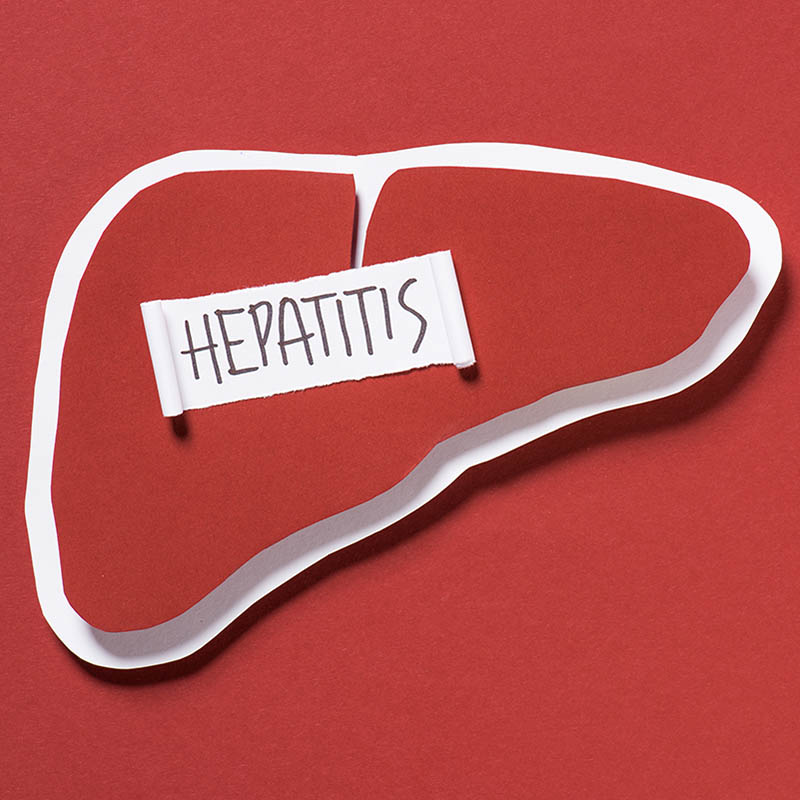
By: Rachel F.
Year: 2022
School: Westminster High
Grade: 10
Science Teacher: Huy Pham
The Hepatitis B Virus affects multiple different communities, however, proportionally, Vietnamese communities are at higher risk, with the average rate of chronic HBV among Vietnamese Americans over 10% (compared to the general population rate of <1%) (Taylor, V. M.). HBV proves incurable as current therapies fail to destroy the viral reservoir where the virus hides in the cell (Peter Revill). Motivated to help fellow Vietnamese, Rachel analyzed existing synthetic and naturally-derived HBV inhibitors to identify a research focus for treatment. The student hypothesize that synthetic inhibitors will have lower docking energies compared to naturally-derived ones because they are created to fit the HBV.
Hepatitis B Virus (HBV) is one of the most serious viral liver infections, and can lead to Hepatitis and hepatocellular carcinoma, the leading cause of liver cancer. With multitudes of HBV inhibitors, this experiment aims to determine research focus for HBV treatment. Experimental results will determine the most effective inhibitor for the human capsid protein of HBV. Through literature searches, twenty-six inhibitors of HBV were chosen. Then, software (PyMOL) and online data banks (Protein-Data-Bank, PubChem) were utilized to collect the required information (chemical structures, binding sites) to output docking energies of inhibitors using One-Click-Docking. After analysis, the naturally-derived inhibitor Silbinin was identified as the most effective inhibitor based on its average low docking energy of -8.34 and nine binding sites. Although it was originally hypothesized that synthetic inhibitors would have lower docking energies, naturally-derived inhibitors had lower docking energies by an average of 1.6, and thus worked more effectively.
Conclusion
Seeing that naturally-derived inhibitors have lowest average docking energies, our data does not support Rachel’s hypothesis.
Originally, the parameter to determine effectiveness of inhibitors was average docking energy scores. As the experiment progressed, another factor came into play: number of binding sites.
Naturally-derived inhibitors rank higher than synthetic inhibitors, so based on our data, treatments for HBV should focus more on naturally-derived inhibitors. Researchers who focus on hepatocellular carcinoma may be interested in further experimenting with Silibinin, the most effective HBV inhibitor.
